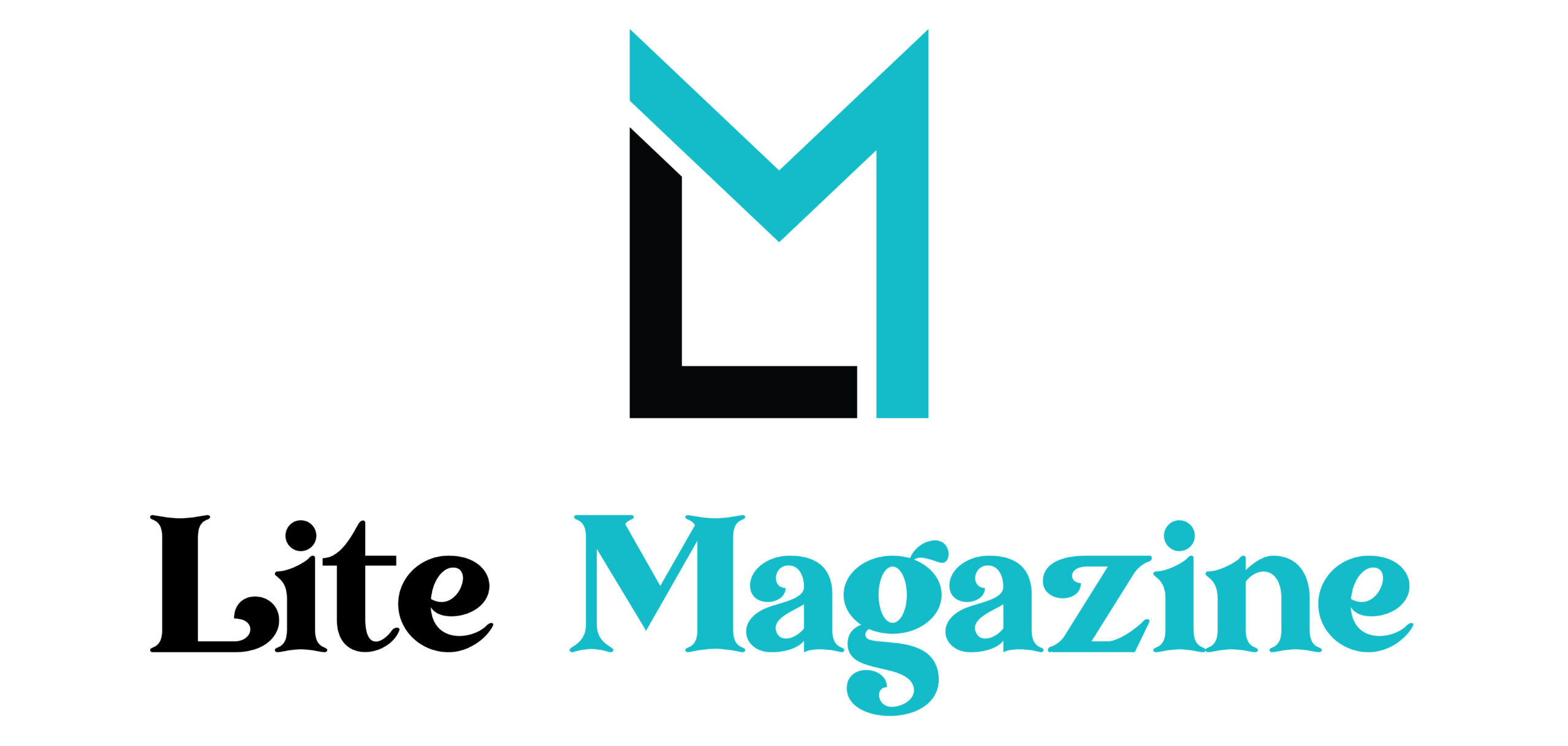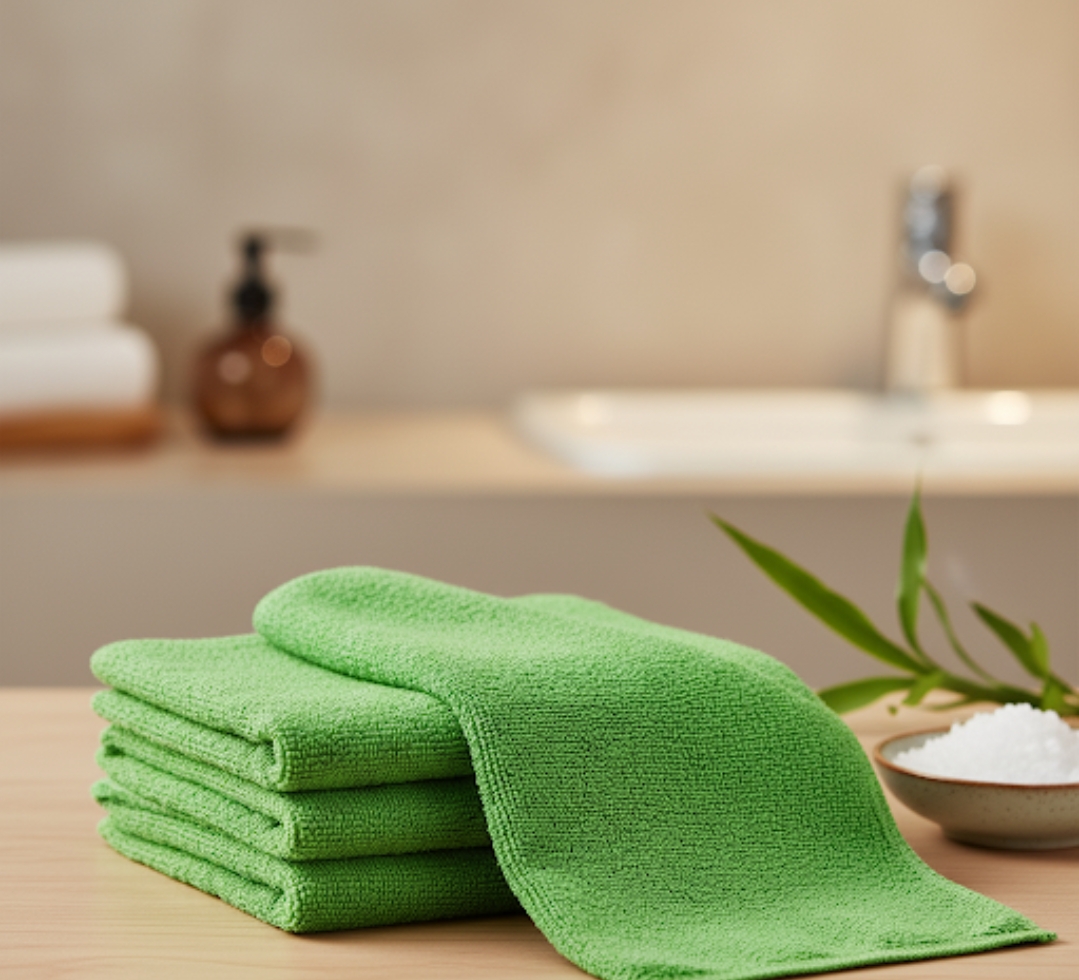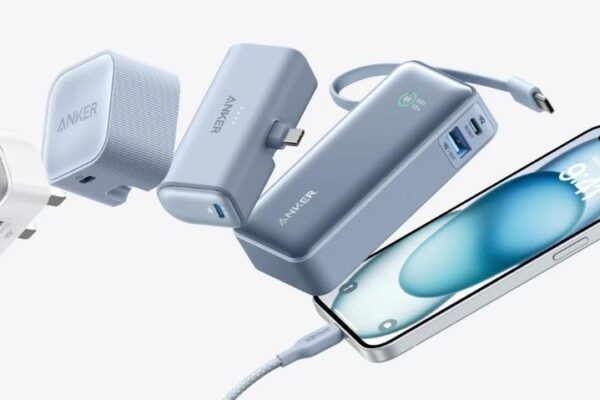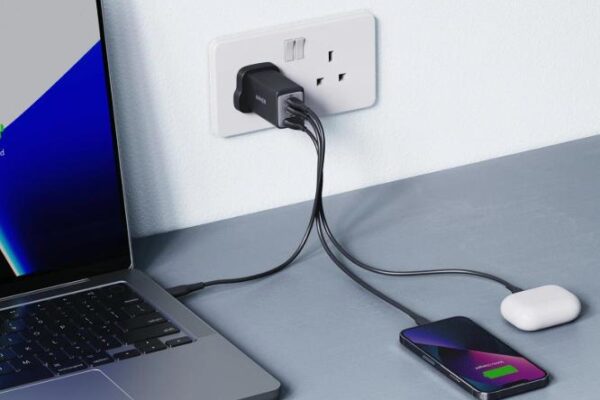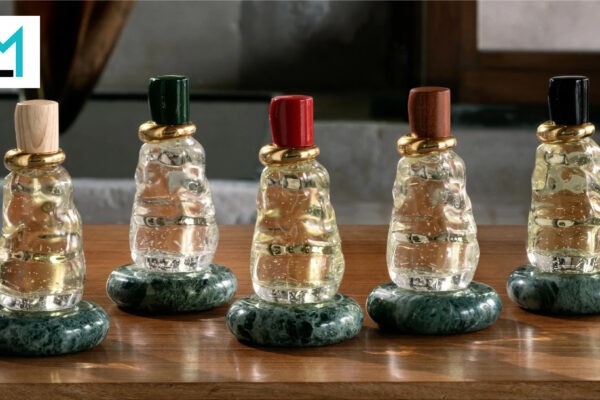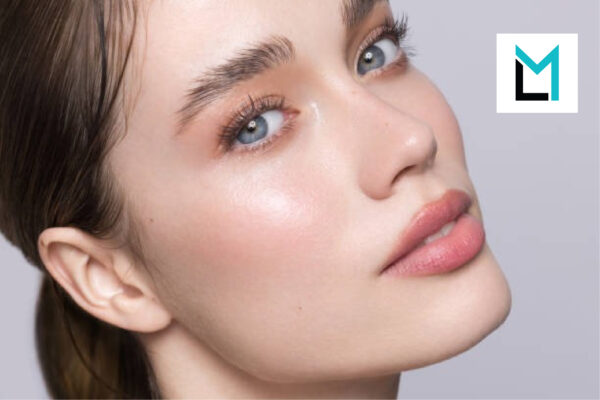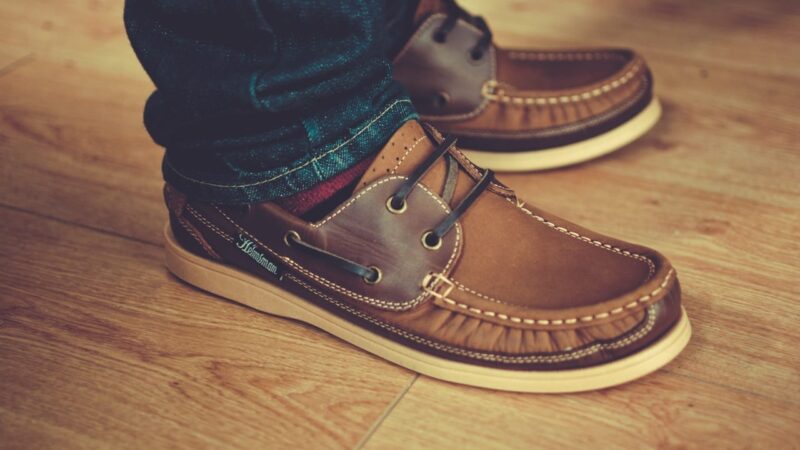An Introduction to Seshin: The Ultimate Korean Bathing Ritual
For centuries, the ritual of communal bathing in Korea has been more than just a matter of hygiene; it is a deep-seated cultural practice, a communal gathering, and a restorative experience. At the heart of this tradition, which evolved from the ancient mokyoktang (public bathhouse) to the modern jjimjilbang (Korean spa), lies an intense, yet incredibly satisfying, process of skin renewal known as seshin. This is where the magic truly happens: a thorough, head-to-toe scrubbing that sheds the accumulated debris of weeks, leaving the skin newborn. While the professional seshinsa (scrubber) is the master of this art in the bathhouse, the everyday secret to achieving this level of clean at home is a deceptively simple, yet highly effective, tool—the Korean exfoliating towel.
This brightly colored, often green, textured cloth is frequently referred to as the “Italy towel” because the material’s original source was a textile mill in Italy, though its application and cultural significance are purely Korean. Unlike standard washcloths or even loofahs, the unique weave of this towel is specifically designed for aggressive, yet necessary, physical exfoliation. It’s the key to achieving the smooth, radiant complexion that is the hallmark of Korean skincare. Understanding its function and proper use can radically transform your body care routine, moving you from merely washing to truly renewing your skin.
Why Aggressive Exfoliation Matters for Skin Health
In the West, exfoliation is often viewed as a gentle process, perhaps a mild scrub once or twice a week. The Korean tradition, however, embraces a more robust approach, recognizing that the removal of dead skin cells is crucial not just for appearance, but for optimal skin function. Our skin cells are constantly regenerating, a natural process known as cell turnover. On average, this cycle takes about 30 days, pushing old, dead cells to the surface. When these old cells don’t shed properly, they can accumulate, creating a dull, rough, and uneven texture.
This buildup is responsible for more than just a lackluster complexion. It actively prevents your skin from absorbing beneficial ingredients in moisturizers, serums, and body lotions. Imagine trying to paint a masterpiece on a dusty, uneven canvas; the final result will be diminished. By providing a deep, mechanical exfoliation, the Korean exfoliating towel clears this barrier, immediately enhancing product absorption.
The Immediate and Long-Term Benefits of Seshin-Level Exfoliation
The benefits of utilizing a dedicated, highly-textured cloth like this extend far beyond surface-level cleaning. Incorporating the seshin method into your personal care ritual can yield both immediate, visible results and lasting improvements to your skin’s health.
- Revealing a Natural Radiance: The most immediate effect is the restoration of the skin’s natural glow. By sloughing off the layer of dull, dead cells, the fresh, healthy skin beneath is exposed.
- Minimizing Clogged Pores: The vigorous scrubbing action effectively unclogs pores, preventing the buildup of sebum, dirt, and dead skin cells that lead to body acne, blackheads, and whiteheads.
- Combating and Preventing Ingrown Hairs: For those who shave or wax, regular, thorough exfoliation is a powerful preventative measure against ingrown hairs, which occur when hair curls back or grows sideways into the skin. The towel keeps the follicle openings clear.
- Boosting Circulation and Encouraging Collagen Production: The friction created by the towel serves as a form of skin massage, which helps to improve blood flow, bringing vital nutrients and oxygen to the skin’s surface. Furthermore, this intense physical stimulation is believed to encourage the production of collagen, a protein essential for maintaining skin firmness and elasticity, thus potentially reducing the appearance of fine lines and wrinkles over time.
- Evening Skin Tone and Texture: This deep exfoliation can dramatically smooth rough patches and help to fade dark spots or hyperpigmentation by accelerating the skin’s natural renewal process.
These synergistic effects contribute to not only clearer, but fundamentally healthier skin, allowing your body to perform its natural functions more effectively.
Mastering the Art of the ‘Italy Towel’ at Home
Using the Korean scrubbing cloth correctly is key to unlocking its full potential. The technique is very specific, rooted in the preparation and process perfected over generations in the bathhouse. It is not intended for use with soap or shower gel initially, as those create too much slip. The goal is friction on thoroughly softened skin.
The Essential Steps for a Home Seshin
- Preparation is Paramount (The Soak): You must soak your body in warm to hot water for a minimum of 15 to 20 minutes. This is non-negotiable. The heat and steam work to soften the top layer of your skin (the stratum corneum) and hydrate the dead cells, making them easier to slough off. A hot bath or extended steam shower is ideal.
- The No-Soap Rule (The Scrub): Once the skin is fully softened and pruney, step out of the bath or shower, or turn off the running water. Do not apply any soap, oil, or shower gel. Dampen the towel and wring it out so it is merely moist.
- The Technique (The Reveal): Slide your hand into the mitt-like towel. Use long, firm, but not excessively painful, strokes on your body. Work on one section at a time. After a few strokes, you will begin to see grayish, noodle-like rolls appear on your skin—this is the dead skin being frictionally removed.
- Rinse and Soothe (The Finish): Rinse off the dead skin and the towel. Repeat the process until all desired areas are treated. Finish with a quick cool rinse to close your pores, and gently pat your skin dry.
Important Note: The face and other sensitive areas should be excluded from this aggressive scrubbing. The skin on the face is much thinner and requires a gentler form of exfoliation
A Legacy of Cleanliness: The Cultural Context of the Korean Bathhouse
To truly appreciate the functionality of this simple towel, it helps to understand the deep cultural significance of the jjimjilbang, where it is most famously used. The Korean bathhouse tradition is a fascinating blend of ancient medicinal practices and modern social gatherings.
The concept of using heat and water for health dates back centuries in Korea. Early bathhouses were often located near natural hot springs, utilized for their purported therapeutic benefits. As society evolved, these spaces became a vital part of urban life, acting as community centers. The public bathhouse was, for many years, where families would gather on weekends and where the ritual of seshin became formalized. This practice of intense, communal scrubbing cemented the cultural value placed on a level of profound cleanliness.
The act of two people scrubbing each other’s backs is an intimate gesture, symbolizing trust and care, a testament to the fact that cleanliness, in Korean culture, is often a social activity, not just a private one. The rough, polyester-based fabric of the Italian towel became the standard tool for this powerful tradition, a tiny powerhouse carrying centuries of tradition in its textured weave. Learning the proper technique is an entryway into a rich, global wellness tradition. For a deeper dive into the broader topic of skin renewal, exploring the various methods of exfoliation can provide valuable context for your routine.
Selecting the Right Towel and Establishing a Routine
Not all Korean exfoliating towels are created equal. They typically come in different colors, which, in some manufacturers’ lines, correlate to different levels of roughness, though the most common green mitt is considered the standard for body exfoliation. When selecting yours, feel the texture; it should be noticeably rough, almost like sandpaper when dry, but it softens and becomes manageable when wet.
Establishing a ‘Seshin’ Schedule
For most skin types, this level of intense physical exfoliation should be performed judiciously. Over-exfoliation can lead to irritation and redness and can compromise your skin’s natural barrier.
- For Normal/Oily Skin: Once or twice a week is typically safe and effective.
- For Dry/Sensitive Skin: Start with once every two weeks and monitor your skin’s reaction. You may find that monthly is enough to reap the benefits without causing irritation.
Listen to your skin. If you experience persistent redness, stinging, or inflammation, reduce the frequency or pressure. The key is to find the perfect balance between effective dead skin removal and maintaining a healthy skin barrier. Post-seshin, your skin’s surface is optimally prepared to absorb moisture, so a generous application of a high-quality, hydrating body lotion or oil is the perfect final step to lock in moisture and soothe the newly revealed skin.
Conclusion
The Korean exfoliating towel is a quintessential example of how simple, culturally-rooted tools can offer profound beauty and wellness benefits. It represents a powerful, time-honored tradition of skin renewal that transcends fleeting beauty trends. By embracing the seshin ritual, you are not just scrubbing away dead skin; you are participating in a holistic practice that improves skin texture, enhances product efficacy, and promotes a deep sense of clean and rejuvenation. This small, humble mitt from the Korean bathhouse is perhaps the most effective tool available for achieving a truly smooth, bright, and healthy body complexion. Integrate this powerful habit, and watch your skin transform.
Frequently Asked Questions (FAQ)
What is a Korean exfoliating towel made of?
It is typically made from a blend of viscose rayon, a synthetic fiber derived from wood pulp, or sometimes 100% viscose rayon. This material provides the unique, rough texture that allows for such effective, non-chemical, physical exfoliation when wet and rubbed against softened skin.
Can I use the Korean exfoliating towel on my face?
No, it is generally not recommended to use this towel on the face. The skin on your face is much thinner and more delicate than the skin on your body. The aggressive texture of the towel can easily lead to micro-tears, irritation, or a compromised skin barrier. Facial exfoliation should be done with gentler, purpose-made products.
How often should I use the Korean exfoliating towel?
For the body, most people find that once or twice a week is sufficient to maintain smooth skin. People with sensitive or dry skin should start with once every two weeks. The skin must have ample time to recover and regenerate between deep exfoliation sessions.
Why do I need to soak in water before using the towel?
Soaking in warm water for a minimum of 15-20 minutes is crucial because it fully softens the stratum corneum (the outermost layer of the skin). This preparation ensures the dead skin cells are hydrated and loosened, allowing the towel to slough them off easily without excessive pulling or irritation of the underlying, living skin. Without a proper soak, the process is less effective and can be too harsh.
Should I use soap or body wash while scrubbing?
It is strongly advised not to use soap, body wash, or oil on your skin while using the Korean exfoliating towel. These products create too much lubrication, which reduces the necessary friction required for the towel to catch and roll the dead skin cells off your body. The scrubbing should be performed on clean, wet, and thoroughly soaked skin only.
